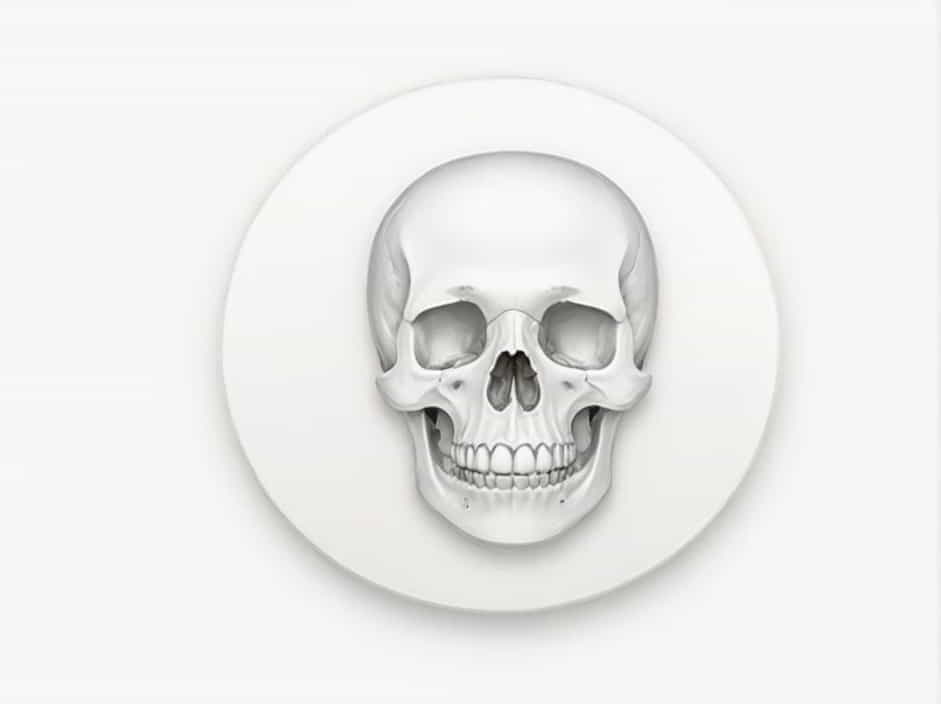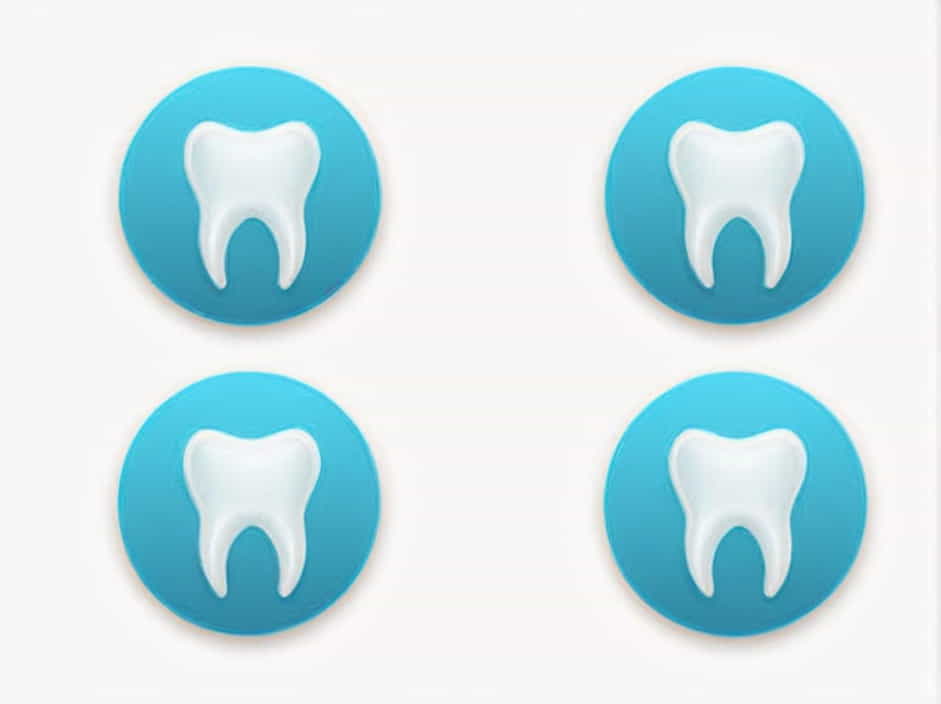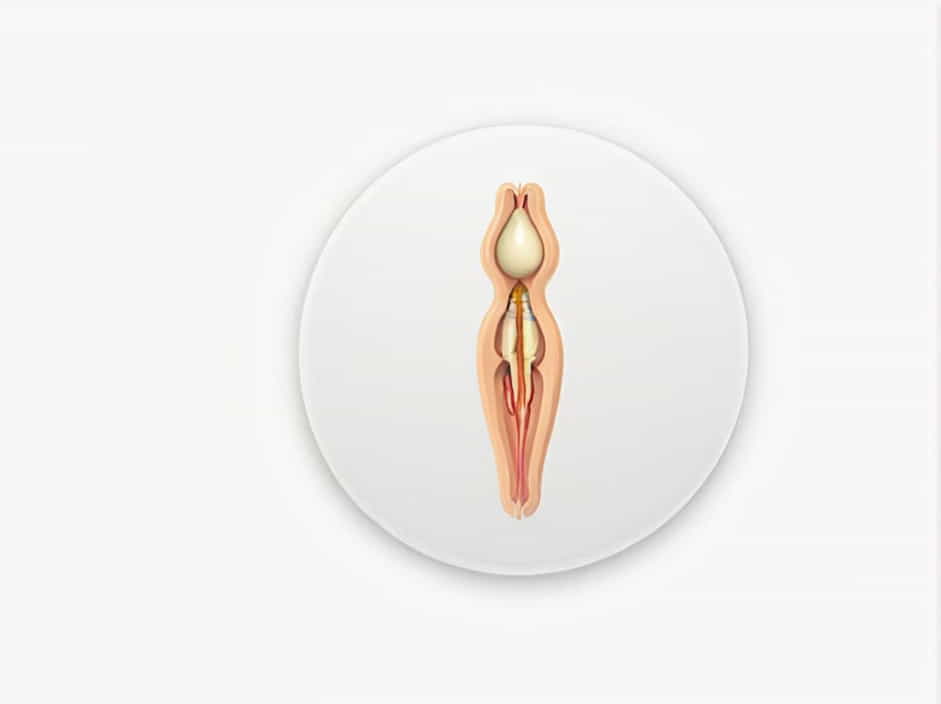Nerve Root Of Median Nerve
The median nerve is one of the major nerves of the upper limb, responsible for motor and sensory functions in the forearm and hand. It plays a crucial role in movements such as gripping, wrist flexion, and fine motor control. The nerve root of the median nerve originates from the brachial plexus, specifically from the … Read more









